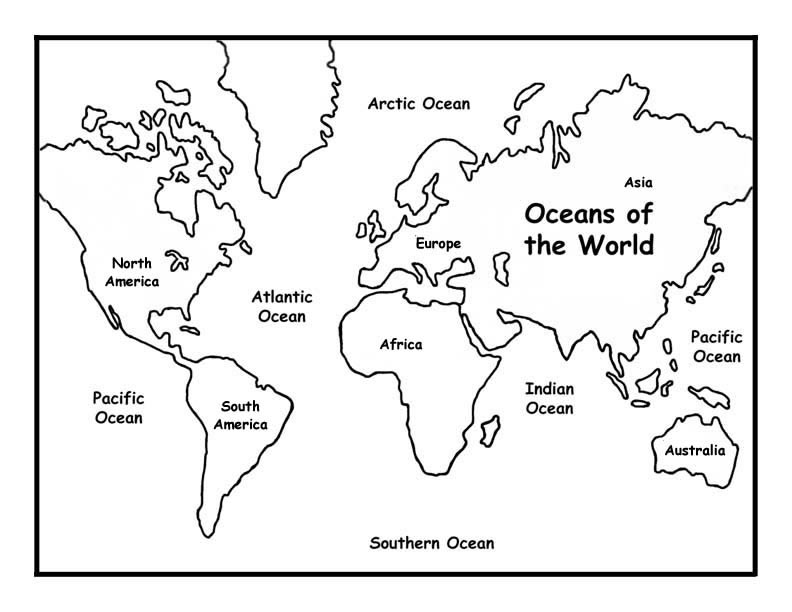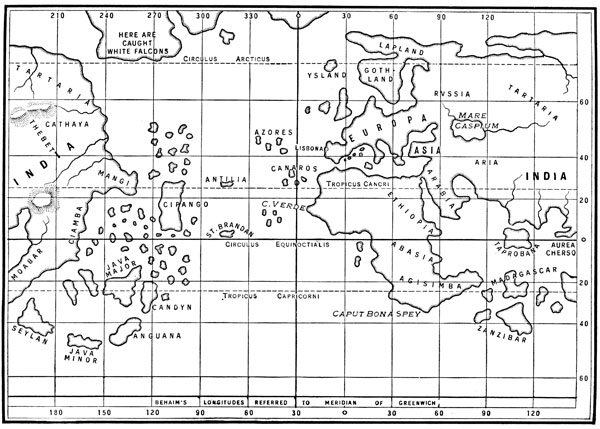Sneekin' Round the Room:
If you haven't tried using the sneaky beginning of this song to get your child to switch gears I fully recommend it! If you need them to focus or calm down try singing the beginning phrase and the "shhhh" and see if it works. It works great in our family! It's a nice song/trick to have when you need it.
Stick Tune:
You copied me doing some rhythmic improvisation with this song last week in class. This week you get to try a little. Put the CD on and try it along with the CD. When that becomes easy try it without the CD. A little rhythmic improvisation is great to do back and forth with your little one in the car. I always love using animal sounds for this too.
Betty Martin:
This song has a some great melodic improvisation on the CD track. We also did this in class last week. Try making up your own while the voices on the CD make up theirs.
We also changed the name Betty Martin to your children's names. That is a very simple way to improvise. What else could you say "Hey" to by changing the name?
Hippity, Happity, Hoppity:
Hopefully this odd meter song is getting (or will become) more familiar to you after trying it in class for several weeks. It's a fun way to explore odd meters. The song Blue Rondo Ala Turk by Dave Brubek has the same meter to it. You may have heard it playing before class. Check it out below and see if you can match our movements, or come up with new ones, from Hippity, Happity, Hoppity.
Our play along this week was Boogie Woogie Bugle Boy sung by the Andrews Sisters. Enjoy watching, singing, playing along, and dancing at home!



